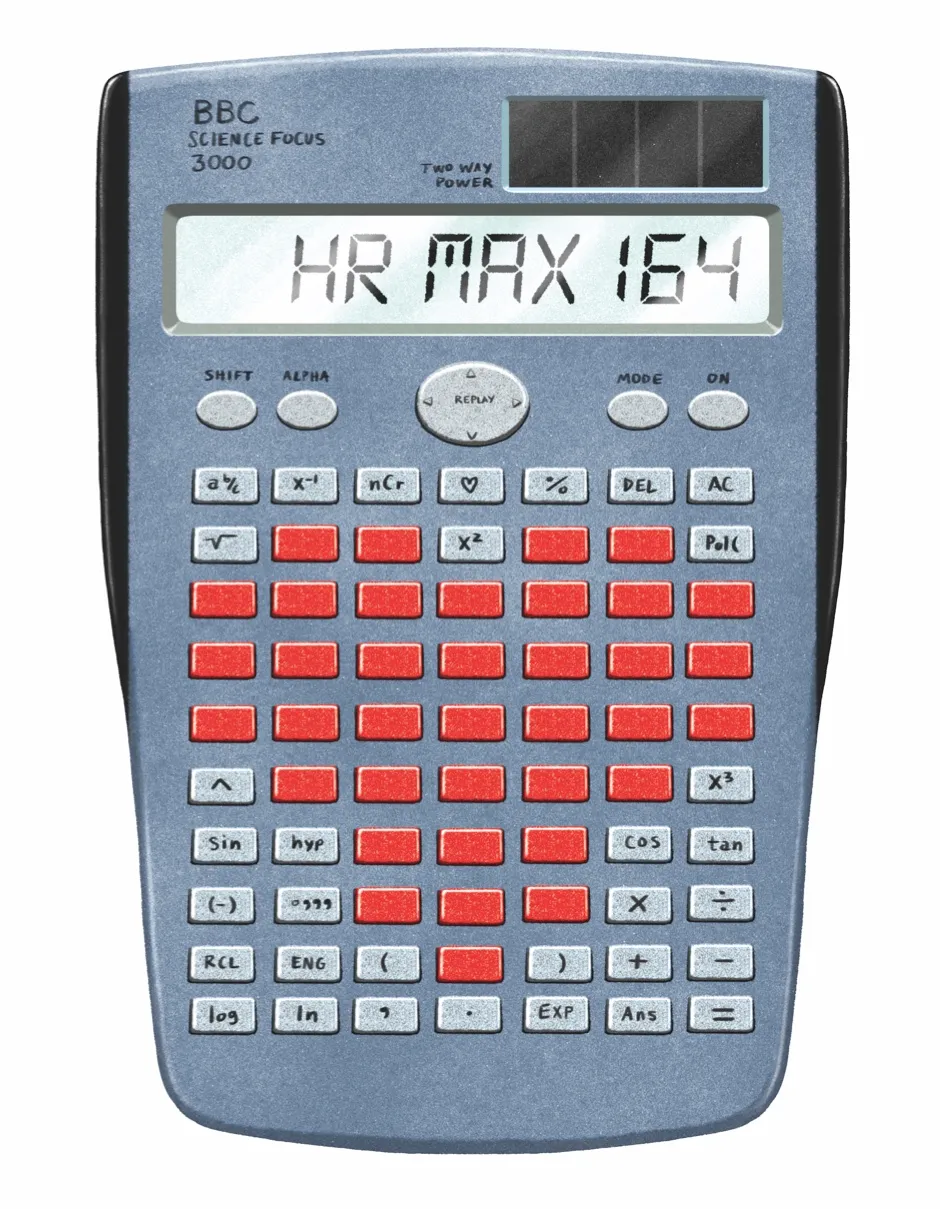Your resting heart rate is a good measure of fitness and also a powerful predictor of future health.
According to a study published in The Lancet in September 2008, patients with heart rates above 70 beats per minute are at greater risk of heart attack and hospital admission. With regular exercise you should see your resting heart rate fall.
Your resting heart rate is easy to find. Turn your hand so your palm is facing you. Use the index and middle finger from your other hand to measure it at the wrist, just below the thumb. Measure it when you’re sitting down and relaxed, preferably first thing in the morning.
Top athletes can have a resting pulse as low as 40 beats per minute. Mine is around 54.

The greatest benefits of exercise come when your heart rate is 60 to 70 per cent of your maximum heart rate (HRmax).
So how do you measure that? The most direct way is to run or cycle as fast as you can for a couple of minutes, have a brief rest, then push yourself as hard as possible for another couple of minutes. Your heart rate will probably peak during the second burst. Don’t try this if you have any doubts about your fitness.
When I did this recently, the highest I could get mine was 164, so my HRmax is 164. A less stressful (and safer) way to estimate of your HRmax is by using one of the formulas for calculating it, of which the best known is 220 minus your age for men and 226 minus your age for women. A more reliable version for both sexes is: HRmax = 205.8 - (0.685 x age).
On this basis my HRmax is 163, which is almost exactly what I found in practice. Knowing your HRmax will help you estimate how hard to push yourself during exercise.
Read more from Dr Michael Mosley:
- Dr Michael Mosley's 7 best science-backed tips to improve your health
- Going vegan might be good for the planet, but giving up meat entirely won't necessarily make you healthier
Your HRmax will also help you calculate your VO2max – the maximum amount of oxygen your body can use while exercising and a good measure of your aerobic fitness. The best way to measure your VO2max is in a lab, but you can also use the Uth-Sørensen-Overgaard-Pedersen estimation: VO2max = 15.3 x HRmax/HRrest
Since my HRmax is 164 and my resting heart rate is 54, according to this formula my VO2max = 15.3 x 164/54 = 46.5 mL/(kg.min), which is excellent for my age.
So how can you get your heart rate down? Do more exercise and, if you’re overweight, lose a few kilos. The heavier your body, the harder your heart has to work to supply it with blood.
- This article first appeared inissue 361ofBBC Science Focus Magazine–find out how to subscribe here
